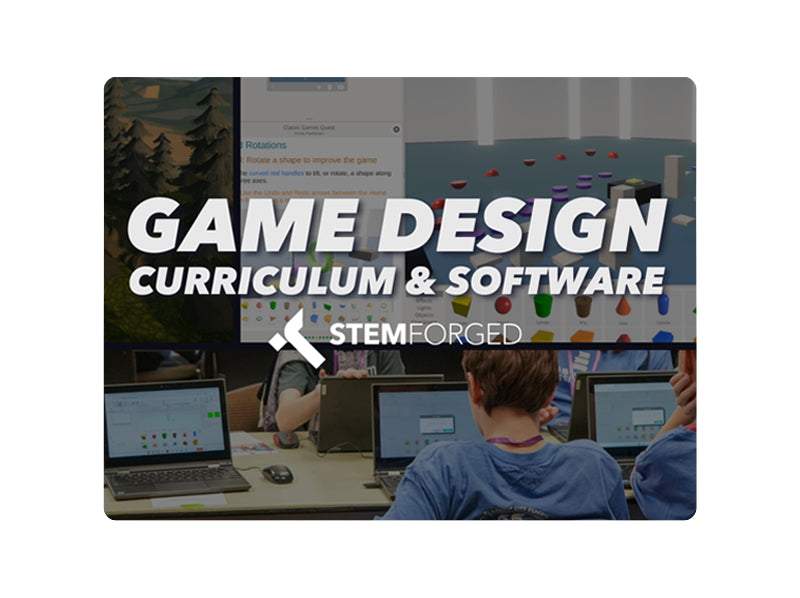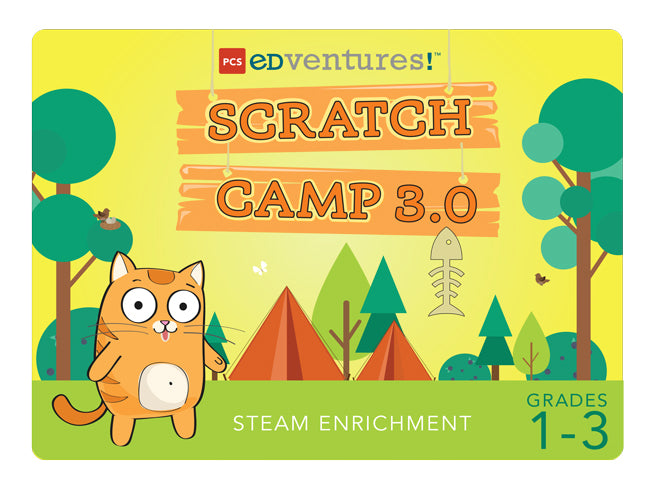
Career Exploration: Technology
The evolution of technology and its rapid growth throughout society has altered the fundamental nature of work. With so many advancements, understanding this growth can help you prepare your students and give them an idea of the workforce they’ll one day enter. What can be expected of jobs involving technology? How have advancements changed the way we perform these jobs? To answer these questions we must first take a look at what technology is and what role it plays in the workforce.
What is Technology?
Technology encompasses any tool or process that solves problems or makes human beings’ lives easier. We use technology every day and it’s become a vital part of our society. Over the years, technology has changed and adapted with evolution. Let’s take something as simple as writing for example. Once, one of the only ways humans could write was with clay tablets and stone tools, but today, advancements in technology allow us to write with pens, pencils, typewriters, ink, word processors and more! Without technology, the modern world simply wouldn’t exist.
Now, let’s dive into the world of technology to get your students as excited as we are about exploring the STEAM careers of the future.
Exciting Tech Careers To Explore:
Computer Animator
A computer animator, also known as a multimedia animator, is someone who converts still images into moving images with the help of computer software programs. Before the invention of computers, animators were forced to draw out characters repeatedly, shifting them ever so slightly to achieve movement. Today, thanks to technological advancements, animators use computers to assist in this process.
Since a career in computer animation involves both a technological and artistic background, individuals within this field have strong creative abilities and technical skills that help them master computer programs that aid in design. Traditionally, computer animators work in television and film, you can also find them working in a variety of mediums like video games and websites.

Software Developer
Software developers create applications or systems that run on a computer, tablet, mobile phone or other devices. As the creative mind behind programs, it’s a developer’s job to understand and identify the needs software will fill.
Those who develop applications to carry out specific tasks are known as Applications Software Developers. Those who develop the underlying systems that keep computers functioning properly are called Systems Software Developers. Although both fall under the same umbrella of software development, each job has specific duties and responsibilities that are required for this career.

Virtual Habitat Designers
These new jobs will require an interesting mix of architecture and psychology to allow them to understand precisely how to make sitting under a virtual tree as satisfying as sitting under a real one
Jon Brouchoud, owner and founder of VR tool and application development company, Arch Virtual
Virtual reality is quickly shaping the world we live in. As more and more education, jobs and communication move into the virtual world, an entirely new global industry is on the rise. With this rise comes the demand for new and creative jobs which make navigating virtual reality easy and comfortable.
One such job is that of a Virtual Habitat Design. These designers have responsibilities like that of an urban designer — except in the virtual world! Using skills in architectural design, coding and art, Virtual Habitat Designers are able to create entire virtual worlds.

IT Security Analyst
As an IT Security Analyst, security is the main goal. With the rapid advancements in technology, there is an increased risk of hacking which causes huge losses of time and money. Also known as cybersecurity, IT Security Analysts play a critical role in every organization, whether public or private. They assess software, computer systems and networks for businesses and design and implement security measures to protect their assets.
To identify any vulnerabilities within a system, IT Security Analysts play two roles — attacker and victim. To better understand the security measures put in place, IT Security Analysts must simulate a cyber-attack to exploit any vulnerabilities. The mock cyber-attack allows them to locate any flaws in the system. Once these flaws are identified, they are able to make the necessary adjustments to prevent the possibility of future cyber-attacks.

Application (App) Developer
App developers are responsible for creating, testing, updating and managing the apps used on mobile devices, computers and other types of electronic devices. These apps, whether developed for iOS, Andriod or Windows users, serve a specific role that helps meet the needs of its intended users. With millions of apps on the market today ranging from musical apps to finance apps, developers need to possess a wide range of skills to be successful in this role. Analytical skills, technical skills, creativity and communication are just a few of the most important skills in an App Developer’s tool kit.
Due to the nature of this job, App Developers are typically investigative by nature. They are curious, methodical and even artistic. These personality traits help app developers process and create the unique apps we know and use today.

Data Analyst
Businesses depend on data to help make informed decisions, and Data Analysts help provide them with the information they need. Data Analysts collect, process and perform statistical analyses of data to help problem-solve and answer the questions businesses may have.
In a nutshell, Data Analysts are like Data Detectives. They sift through data, decipher what it means, and present their findings in a way that’s easy to comprehend. Since Data Analysts work to identify trends and make predictions on things to come, oftentimes they can be seen working closely with project managers, partners and other hierarchy leadership roles. Those within this field are intellectual, inquisitive and analytical.

Expand Your Student’s Love for Technology:
Technology is innovative, interactive and fun, making it something that easily excites most students and teachers. In this digital age, students heavily interact with some form of technology on a daily basis. This heavy interaction, overall knowledge and use of tech can leave teachers feeling intimidated. Some teachers even view technology as a form of distraction in their learning environment. Although we understand this concern, we’re here to let you know that it doesn’t have to be!
Here at PCS Edventures, we believe in creating educational curricula and resources that excite students and educators alike. Through the use of hands-on, interactive materials and manipulatives, we’ve made it easy for students to explore the field of technology. Game Design lets students explore the world of tech first-hand!
Game Design comes with project-based lessons in programming and video game design. Using step-by-step scaffolded lessons, creative thinking and differentiated instruction, educators have full domain control, allowing learning environments of all sizes to create, share and experience virtual reality through intrinsic and iterative creativity.
Explore more technology-based programs fit for any learning age!
Looking for a fully immersive technological experience?
Our Discover Series combines cutting-edge curriculum with new and relevant topics in technology, robotics, programming and more! To learn more about the exciting opportunities this series can provide learners, click the images below.
Explore the STEAM Series
Designed to help you start conversations with your learners, this series explores a world of careers with your learners. From animation to drone production, the sky is the limit! Join us in this five-part STEAM series as we inspire learners to think about their passions and interests and how they can transform that into a career. Explore each blog article below:
- Part 1: STEAM Career Exploration
- Part 2: Science
- Part 3: Technology
- Part 4: Engineering
- Part 5: Arts
- Part 6: Mathematics
What are your thoughts?
As we wrap up part 3 of our series, can you name other careers within the tech industry we haven’t covered? Are you a proponent of using tech in your learning environment or is it a distraction for your students? Let us know in the comments below, we’d love to know how you view technology. If you’re still on the fence about technology integration and what role it plays in the classroom, check out our 5 Reasons to Integrate Tech blog to see why tech can be a good thing for student learning and engagement!














